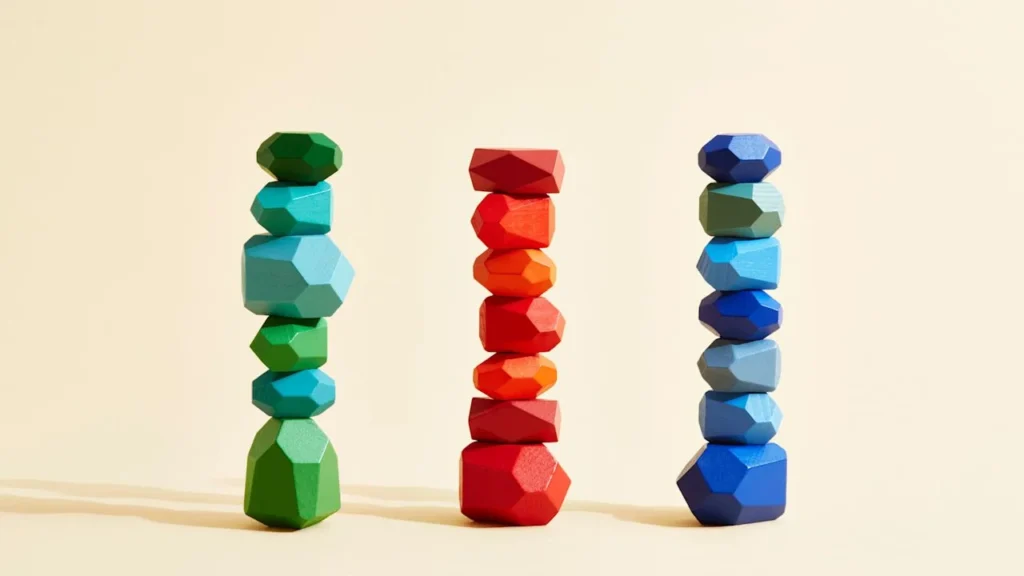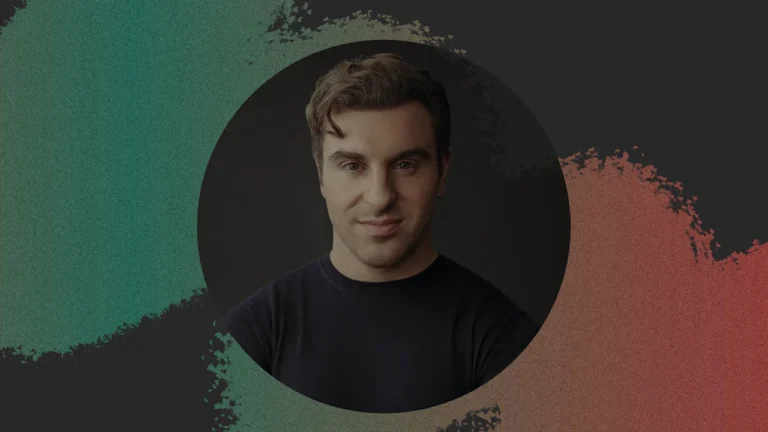
There’s a line I heard recently from Mel Robbins that’s been echoing in my head ever since: “People do well if they can.”
It’s deceptively simple. The kind of phrase you nod at, maybe even repost. But when you sit with it, really sit with it, it starts to challenge a lot of the assumptions made every day.
Especially when it comes to financial health and literacy.
NOT LAZY, JUST LIMITED OPTIONS
Let’s be honest: It’s easy to judge what we don’t understand. It’s easy to look at people struggling with money and tell ourselves stories. They’re reckless. They don’t care. They should know better.
But here’s the thing: Most people actually do care. They want to pay off debt. They want to build credit. They want to save for the future, buy homes, support their families, and live with dignity.
What they often don’t have is access to tools, or a roadmap.
That’s not laziness. That’s infrastructure failure.
SKILL, NOT WILL
I grew up in a community where financial literacy wasn’t part of the conversation; not at school, not at home, not even at the bank. I didn’t learn what a credit score was until I had already messed up mine. And let me tell you, it took time to understand what mattered and what I could do to change my situation.
So, I get frustrated when financial challenges are framed simply as laziness or a lack of personal responsibility or accountability. That framing is lazy.
Let me say that again: That framing is lazy.
Not the people. Not the effort. The framing.
Because once you believe that most people are doing the best they can with the tools they have, everything changes. You stop asking, “Why don’t they just fix it?” and start asking, “What’s missing from the toolbox?”
THE ILLUSION OF EQUAL ACCESS
We love to talk about “equal access” in this country, but the truth is, financial literacy varies widely and the resources available can make a huge difference.
You tell people to swim and then just throw them into the deep end without knowing how to swim or having access to a ladder to climb out.
That’s what we do when we say, “Just build credit.” But we don’t acknowledge that millions of people don’t understand credit or how it works, or even where to start. Most people don’t know where to go to find the right educational tools and resources.
And we wonder why so many people feel stuck.
LET’S REDESIGN THE SYSTEM
What would it look like if we actually operated from the belief that most people want to do well, and will, if given the right education and tools?
In my role at FICO, I’m responsible for ensuring we’re constantly asking that question, and reshaping how people look at the answer. We don’t just talk about financial inclusion. We continue to innovate and identify the best ways to ensure our tools show up in communities, our education reaches people, and our partnerships remove friction, it doesn’t create more.
We continue work with community leaders and other stakeholders to launch programs that meet people where they are. Not just where some may think they should be. We partner with nonprofit organizations, elected officials, and even local credit unions and lenders to host free credit education sessions, translated into accessible plain language and made relevant to the local communities.
Because financial literacy and accessibility isn’t just about logging in. It’s about having access to resources worth showing up for.
AND WHAT ABOUT THE KIDS?
This mindset shift isn’t just for adults, either. I’m a mom. And I’ve seen firsthand how important it is to provide kids with the right education and tools.
They don’t always lack motivation. They often lack critical tools, resources, and programs tailored to promote successful education.
Sound familiar?
Adults are no different. Many are still carrying bad money habits, some going all the way back from childhood. If we weren’t taught how to manage money at an early age, why do we expect everyone to have it figured out as adults later in life?
A BETTER WAY FORWARD
So where do we go from here?
We start by acknowledging that:
– Financial hardship isn’t necessarily a character flaw.
– Credit literacy isn’t a luxury, it’s a necessity.
– Access to available educational resources and tools should not depend on what side of the city you live on.
And then we build programs, products, and partnerships to make that a reality.
That means working with communities, not on them. It means bringing access to the right educational resources and tools to drive financial literacy throughout all communities.
Because if we believe people do well if they can, then providing access to these resources and tools can go a long way to make sure they can.
A FINAL THOUGHT
There are many people out there right now who wants to fix their credit, get out of debt, or open their first savings account. They may not be lazy or unmotivated. Maybe they just haven’t yet discovered ways to access the right educational tools and resources to have a fair shot at financial literacy.
We don’t need to change all people. We need to change how people can get access to the educational tools and resources they need.
Because, remember, people do well if they can. And they’re counting on us to make that a reality.
Rukiya Kelly is global head of corporate impact and engagement at FICO.




